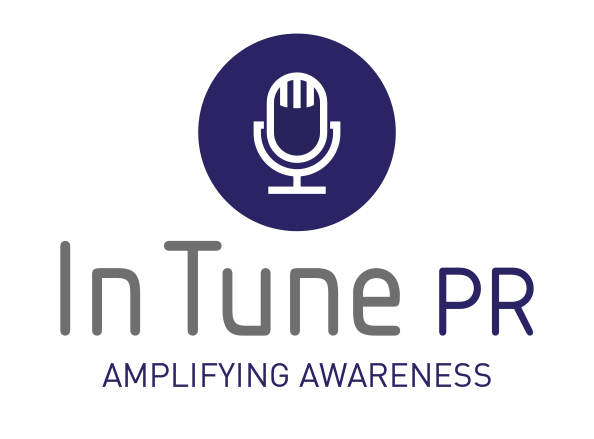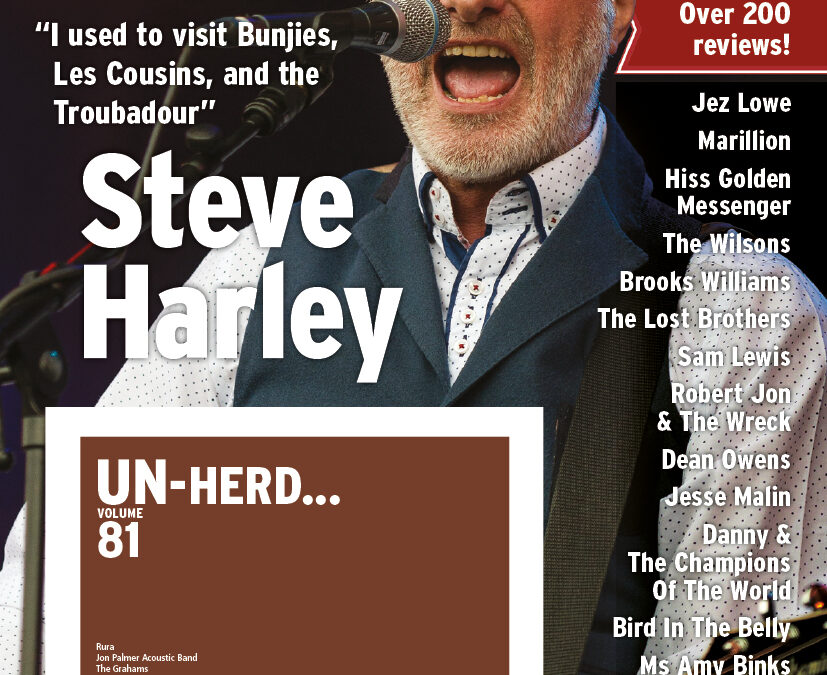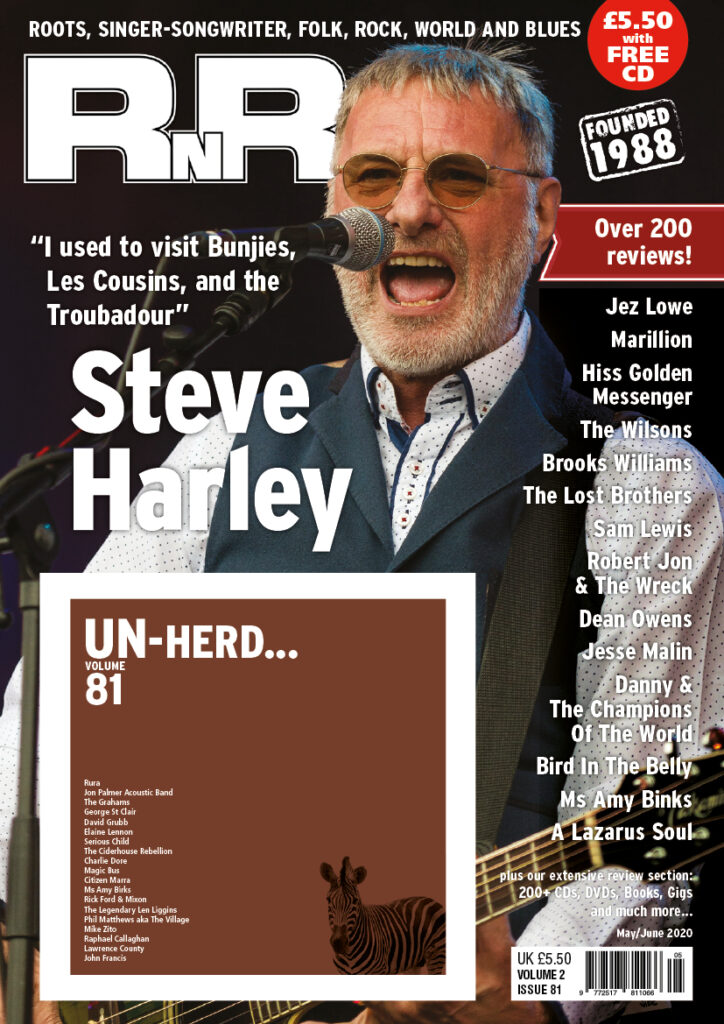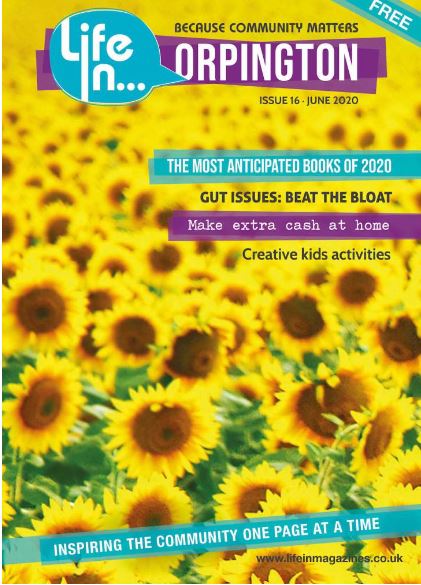On our home page, we pose these questions:
Do you need to be read about, seen and heard in the media?
Are you able to present your best self to the media?
Do you need more confidence to be able to appear in the media?
Then we invite readers to ‘Check out our tips’. What are those tips?
1. We call ourselves In Tune PR for a reason. In short, it is because we are in tune with – comfortable with – what we do, with what our clients do, and with what the media does. Similarly, if you are aiming to approach the media, get your basics right. Ask yourself if you are comfortable with talking about what you do. Do you talk about it confidently with people you already know? If the answer is no, you have work to do before you can even go near the media
2. The media often have the same problems as the rest of us. For example, short attention spans caused by work overload and a desire to get things done that are quick wins. So when you are dealing with the media, bear this in mind. Make their job easy. Give then quality information, images
3. Did we mention deadlines? If people in the media want things by a certain time, they mean it. TV is especially pressing. If you have a TV deadline – to be available to be filmed, to be talked with, to provide information – make sure you meet it and (again) make their job easy.
4. Making the job of the media easy is one thing. Why not make your own job easy too? So have good writing and reliable facts about your
5. Be interesting. Be compelling. Have a proper story. The media want stories, they want topicality, they want relevance. Ensure you are providing content that is good for the media and its readers/listeners/viewers. This is another way to make their job easy. We will be writing a blog post on what is news and what isn’t at a later date.
In Tune PR often makes the job of the media easy. Whether you engage us or do your own thing, if we had to sum up our top tips, the summary would be, guess what? Make the job of the media easy, and you’ll have the best chance of gathering worthwhile publicity and friends in the media.
Do check out our Spotify In Tune PR playlist. It includes a track by The Eagles, ‘Take It Easy’. ‘Make It Easy’ would have been better, but we like the song and the vibe is right for this post.
RNR magazine (formerly R2) is a leading UK bi-monthly music magazine with a covermount CD and which is available via shops and
“
Life In Orpington is an example of the many local magazines across the UK that are an important part of community and business media. Interestingly. There is a lot of overlap between their advice and ours. Editor Lauretta Wright says:
“If you’ve agreed to advertising or submitting an article, the first thing is to find out the deadline and stick to it. It’s always a pleasant surprise when people submit an advert or editorial earlier than the deadline as it means we can get ahead or have time for those last minute amends that inevitably arise.
“With print publications, it’s a huge help to send
“Thirdly, if you’ve been asked for a certain number of words, aim to stick to this – it makes it much easier when editing to fill space in the magazine. We’ve previously asked for 400 words and have been presented with 1,500 words, which was a waste of time for both the person writing it and then the person editing.
“If you’re getting in touch with an idea or concept for a feature or to tell us about any stories you might think are interesting, it’s a great idea to familiarise yourself first with the magazine. Someone once got in touch to complain about the way they were treated by a local shop owner. Although we sympathised, we don’t run slanderous news stories (that’s for the papers), preferring instead to present a local magazine that celebrates community and the supportive community spirit. This goes across all types of media of course – it’s important to have an idea of what stories they run – and the message behind them as a general rule of thumb.
“Last but not least, if you’re an advertiser, prompt payment is always appreciated – as a small, local community, we’re hugely affected by cashflow like everyone else and it saves time and effort in having to chase up slow payers.”





Recent Comments